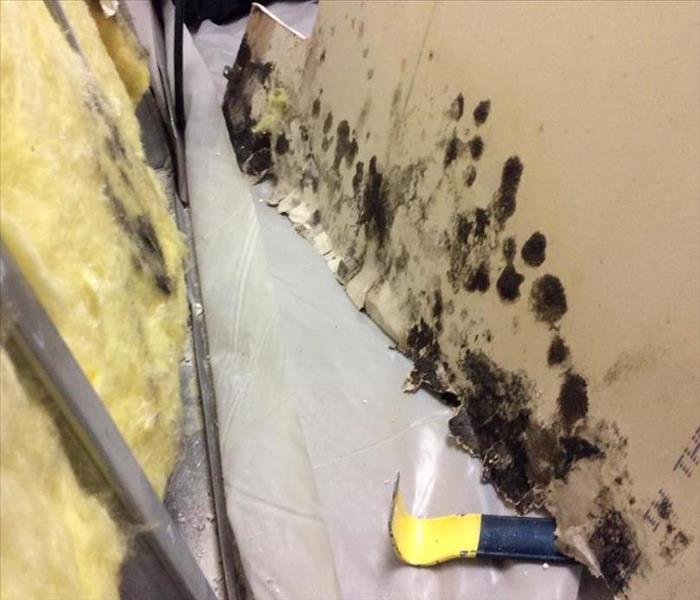The Science Behind Mold
2/6/2019 (Permalink)
Not all molds are actually toxic. That’s the good news. Unfortunately, there are plenty of other molds that are toxic -- but they’re not black.
If you’re concerned about mold in your home or business, here are the basics you need to know in order to keep safe:
What Kinds of Mold Are Toxic
If you follow the news, you’ve probably heard the scientific term Stachybotrys used to categorize black mold that produces toxins. (Specifically, the toxins that are produced are mycotoxins, which is the scientific term for any toxic substance produced by a fungus).
However, mycotoxins are not always produced when mold is present. Scientists have identified specific strains of Stachybotrys, such as Stachybotrys chartarum and Stachybotrys atra, which have been shown to cause many health issues for humans. But as there are literally hundreds of thousands of mold species that we currently know of in existence, it’s not necessarily likely that you will have these particular kinds.
What’s more, dangerous mycotoxins can be produced by other kinds of mold besides Stachybotrys. And these molds don’t have to be black.
The bottom line is that your best protection against a mold problem is to prevent mold in the first place. And if you do see some mold, you need to know when it’s okay to try to clean it on your own (hint: only if it’s small in area, less than 10 square feet). In most situations, however, if you think you have a mold problem, you should call in professional services to be sure. Remember: safety first.





 24/7 Emergency Service
24/7 Emergency Service
